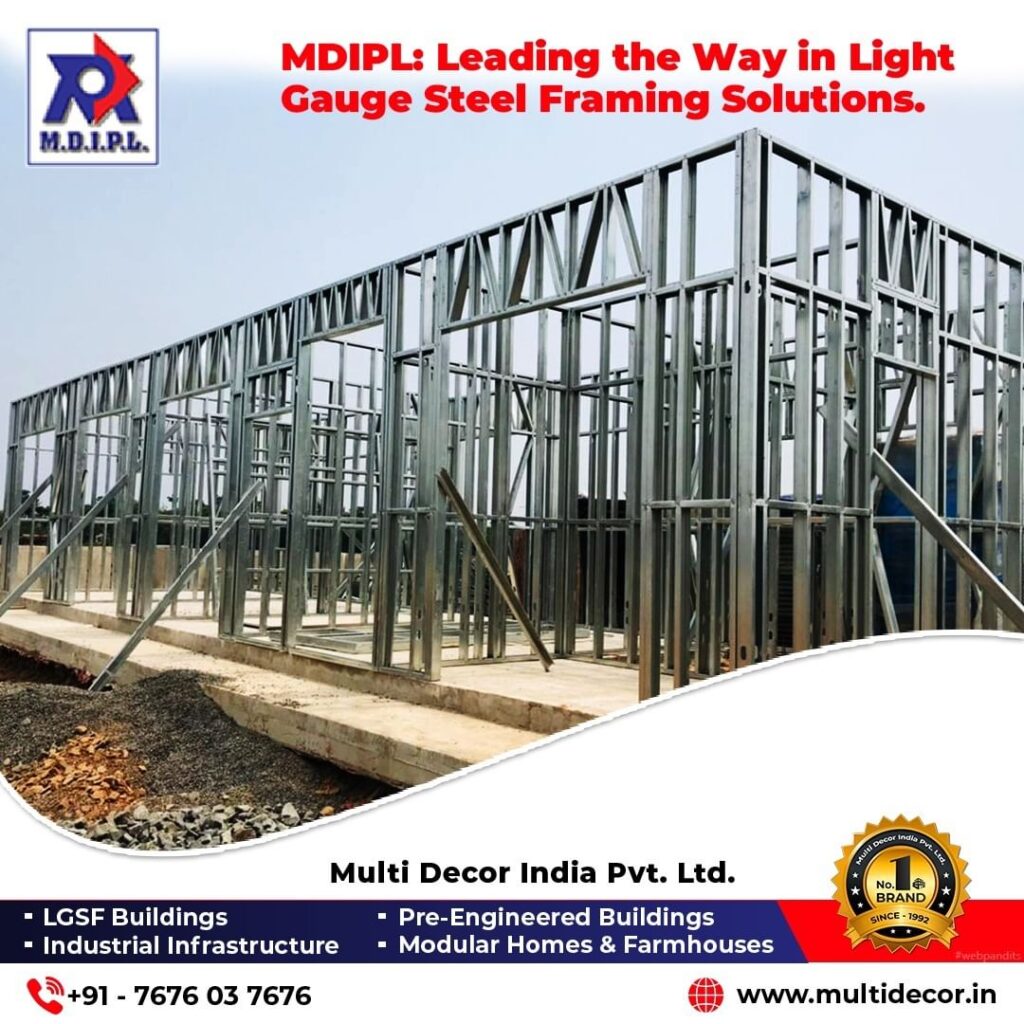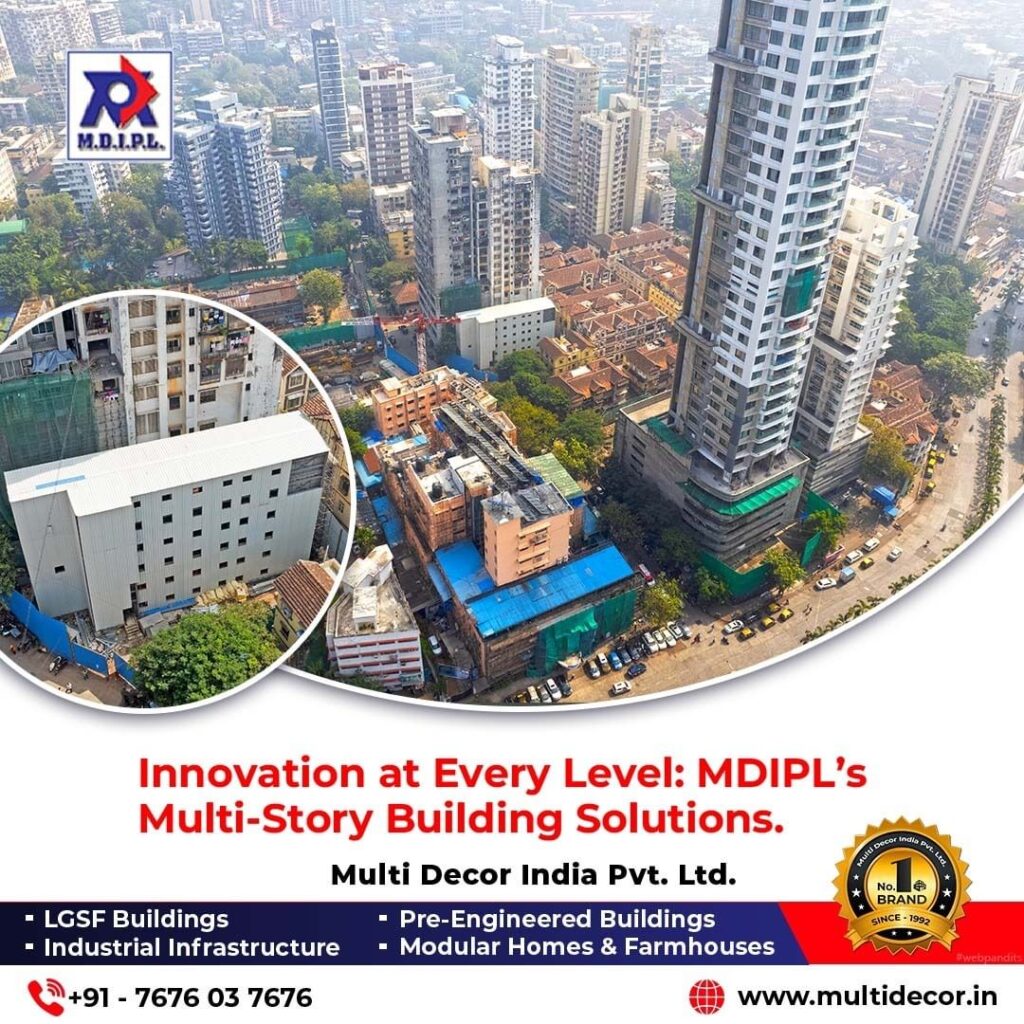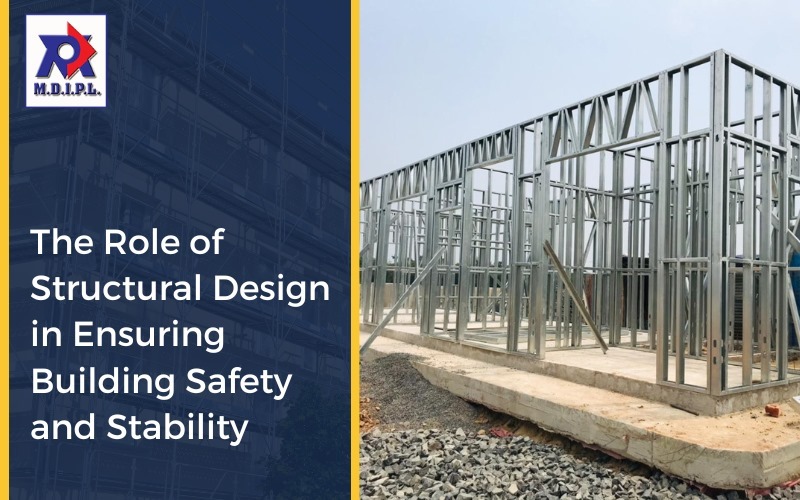In the construction industry, structural design is the cornerstone that ensures buildings are safe, stable, and capable of withstanding various forces throughout their lifespan. For companies like Multidecor India Pvt Ltd, specializing in building design and construction, understanding and implementing robust structural design principles is crucial for delivering secure and reliable structures.
Introduction to Structural Design and Its Significance in the Construction Industry
Structural design involves the analysis and planning of a building’s framework, ensuring that it can support the intended loads and resist environmental forces. It is a critical aspect of construction, as it determines the safety, durability, and functionality of a building. Without meticulous structural design, buildings would be vulnerable to collapse, posing significant risks to occupants and properties.
How Structural Design Ensures the Safety and Stability of Buildings
Analyzing Loads and Stresses
The first step in structural design is analyzing the loads and stresses that a building will encounter. This includes dead loads (permanent/static loads), live loads (temporary/dynamic loads), and environmental loads (such as wind, earthquakes, and snow). Engineers calculate these forces to ensure the building can withstand them without compromising structural integrity.
Selecting Appropriate Materials
Choosing the right materials is vital for ensuring the safety and stability of buildings. Structural designers select materials based on their strength, durability, and suitability for the intended purpose. Steel, concrete, and timber are common choices, each offering unique benefits that can be leveraged depending on the specific requirements of the project.
Designing for Strength and Stiffness
Structural design aims to provide both strength and stiffness to a building. Strength ensures that the building can support loads without failing, while stiffness prevents excessive deformation that could compromise the structure’s usability and safety. By incorporating these principles, structural designers ensure buildings remain robust and functional under various conditions.
Ensuring Stability Against Environmental Factors
Buildings must be designed to withstand environmental factors such as wind, earthquakes, and extreme weather conditions. Structural engineers use advanced techniques to ensure stability, including base isolation, damping systems, and robust foundation designs. These measures help protect buildings from natural forces that could otherwise lead to catastrophic failures.
The Importance of Structural Integrity and Preventing Structural Failures
Maintaining structural integrity is essential to prevent failures that can have devastating consequences. Structural failures often result from design flaws, material deficiencies, or construction errors. By adhering to stringent design standards and conducting thorough inspections, structural engineers minimize the risk of such failures, ensuring long-term safety and reliability.
The Role of Structural Engineers in the Design and Construction Process
Collaborating with Architects and Other Professionals
Structural engineers work closely with architects, contractors, and other professionals to create cohesive and efficient designs. This collaboration ensures that all aspects of the building, from aesthetics to functionality, are integrated seamlessly.
Conducting Structural Analysis and Calculations
Engineers perform detailed structural analysis and calculations to determine the best design solutions. This involves using mathematical models and simulations to predict how structures will behave under various loads and conditions.
Ensuring Compliance with Building Codes and Standards
Compliance with building codes and standards is crucial for safety and legality. Structural engineers ensure that their designs meet or exceed these requirements, providing an additional layer of security and reliability.
Advancements in Structural Design Software and Technologies
The advent of advanced structural design software and technologies has revolutionized the construction industry. Tools like Building Information Modeling (BIM) and finite element analysis (FEA) enable engineers to create more accurate and efficient designs, identify potential issues early, and optimize material usage. These advancements contribute to safer, more sustainable building practices.
The Future of Structural Design: Impact on Building Safety and Sustainability
Looking ahead, the future of structural design promises even greater emphasis on safety and sustainability. Innovations in materials, construction techniques, and design methodologies will continue to enhance building performance. Sustainable practices, such as using eco-friendly materials and energy-efficient designs, will also play a significant role in shaping the built environment.
At Multidecor India Pvt Ltd, we are dedicated to delivering safe, stable, and sustainable structures through expert structural design and construction. With our extensive experience and commitment to excellence, we ensure that every project meets the highest standards of safety and quality. Contact us today to learn how we can help you with your building design and construction needs.
Multidecor India Pvt Ltd – Building the Future, Safely and Sustainably.





